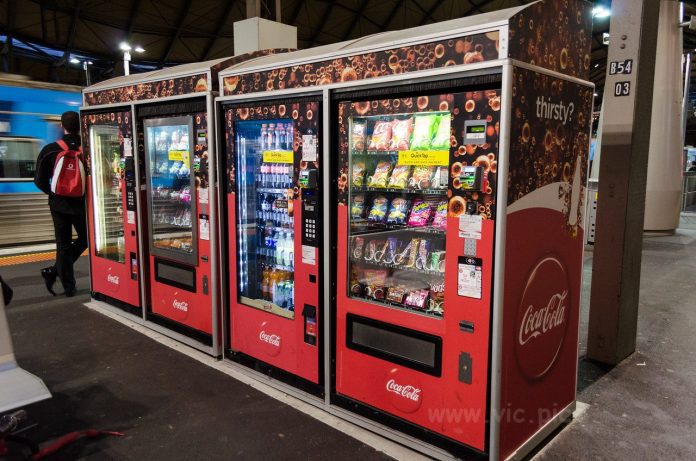A vending machine that breaks or runs out of Coke is frustrating, but most people who encounter it won’t make time to contact the company that owns the machine. By the time the machine owner finds out, money has been lost. It’s a big enough problem to motivate vending machine owners to invest in embedded devices that can connect their machines to the internet.
Narrowband IoT is expected to connect millions of sensors embedded in assets and equipment that companies want to monitor remotely. One major vending machine owner has asked a mobile operator to provide the connectivity for all its vending machines once its has embedded the NB-IoT modules. It’s a use case that’s tailor made for small cells, according to ip.access CTO Nick Johnson. He said many vending machines are deep within buildings that will be hard for the macro network to penetrate.
“There’s sort of a myth around that NB-IoT is just a software upgrade to the macro, and we know that that’s not enough,” said Johnson. “If the sensors are stationary and the service is mandatory, that’s not a good fit for the macro network. Given modern buildings with high levels of insulation, you can’t make do with a macro-based solution. You need a small cell layer to give you the coverage assurance to make sure you reach all the sensors sufficiently.”
Earlier this year, ip.access announced the development of small cells integrating IoT functionality with LTE access. Using the Intel Transcede T3K solution for LTE access, ip.access is integrating narrowband IoT, as well as Category 1 LTE and Category M1 LTE into its small cell portfolio.
Now the company is also adding its location-tracking solution to its small cell platform, resulting in a small cell solution that combines network access, location sensing, and IoT connectivity in one solution. CEO Malcolm Gordon said the company wants to “energize the enterprise space” with solutions that will scale as 5G emerges.
Image source: Southern Cross Vending

